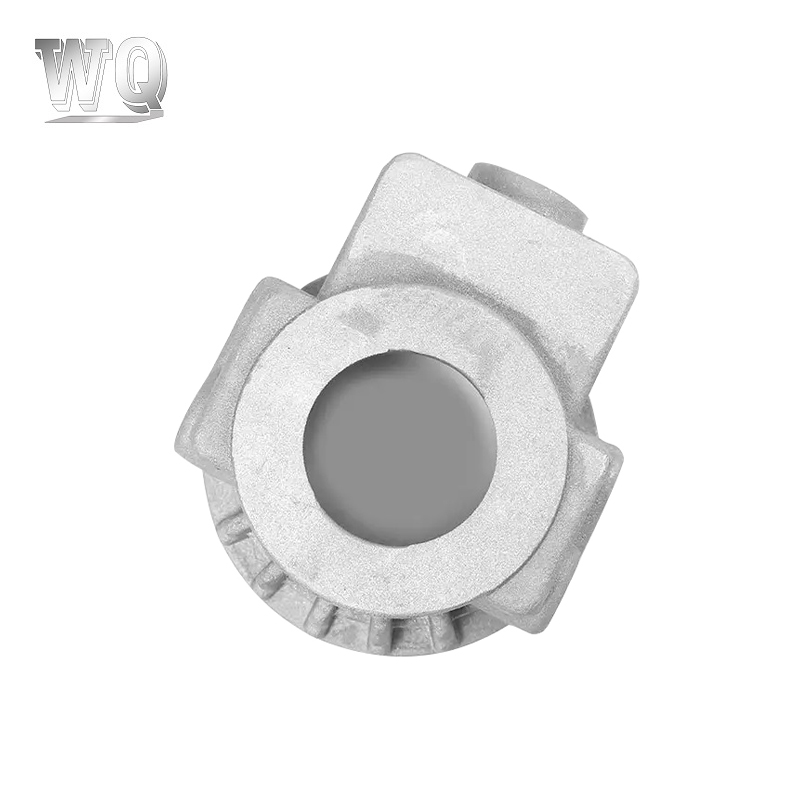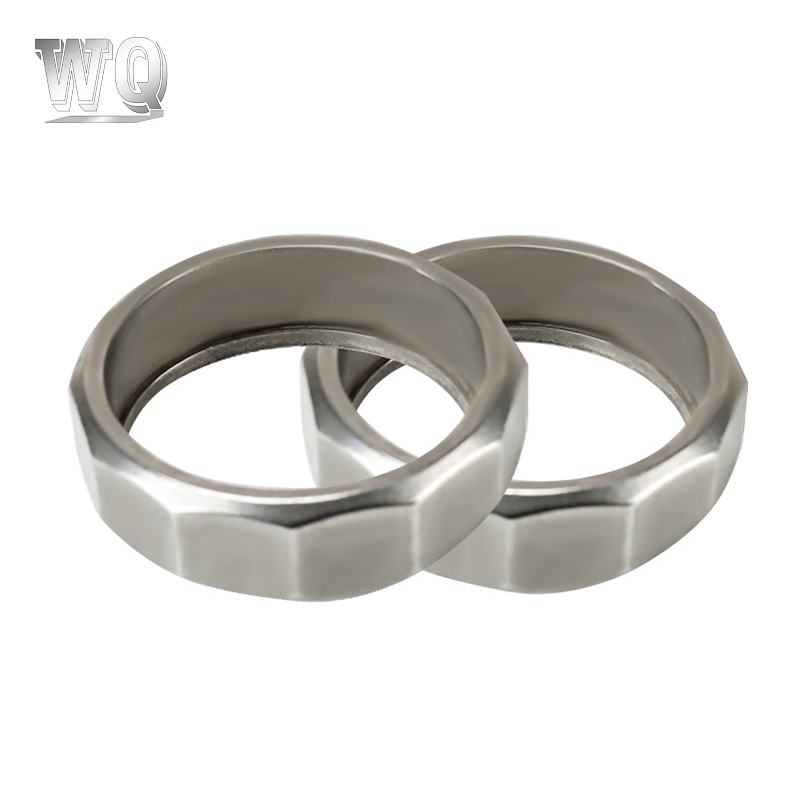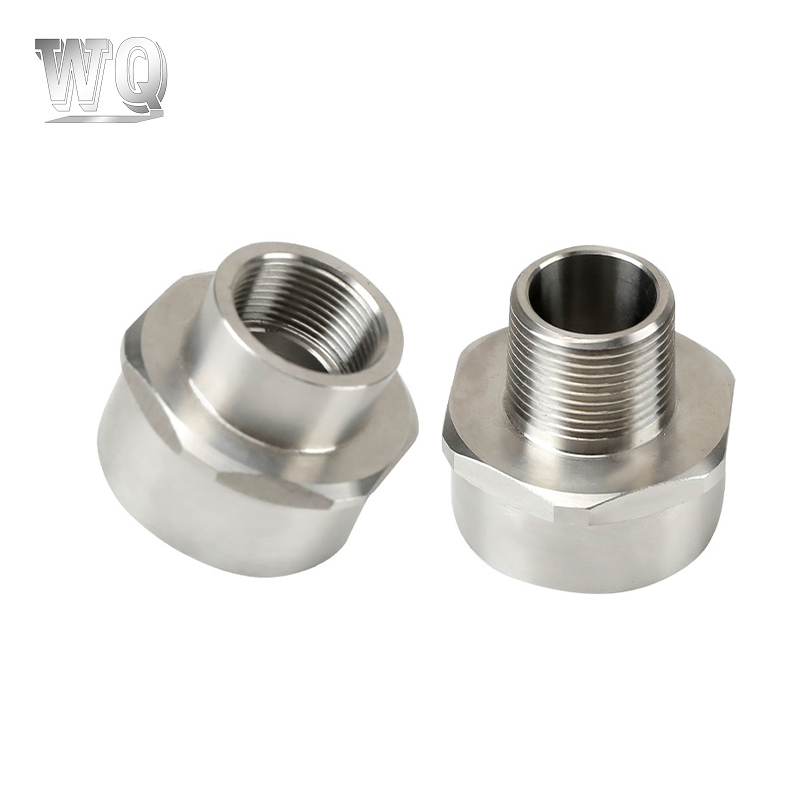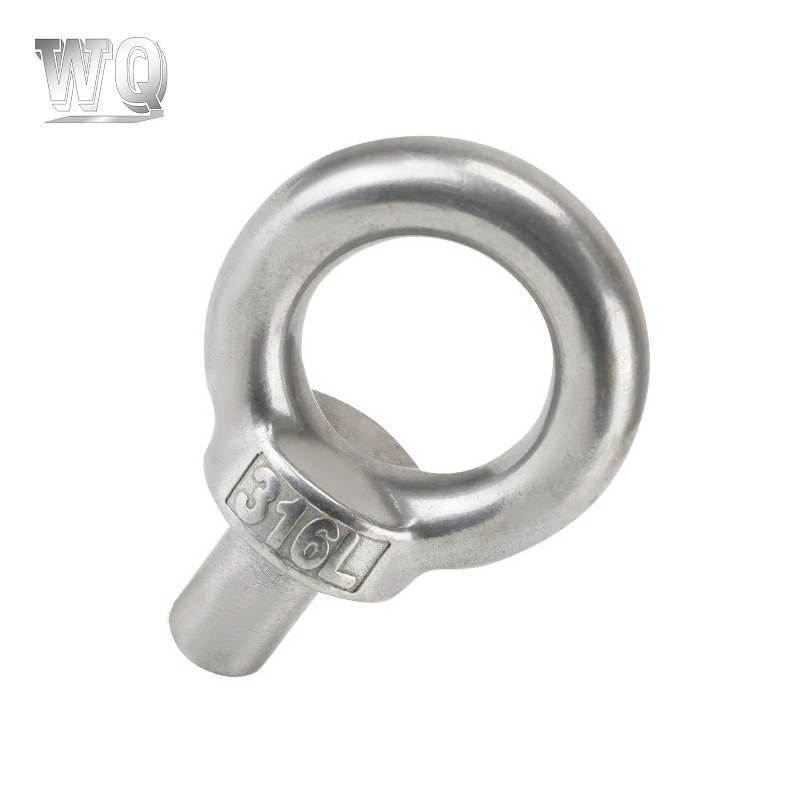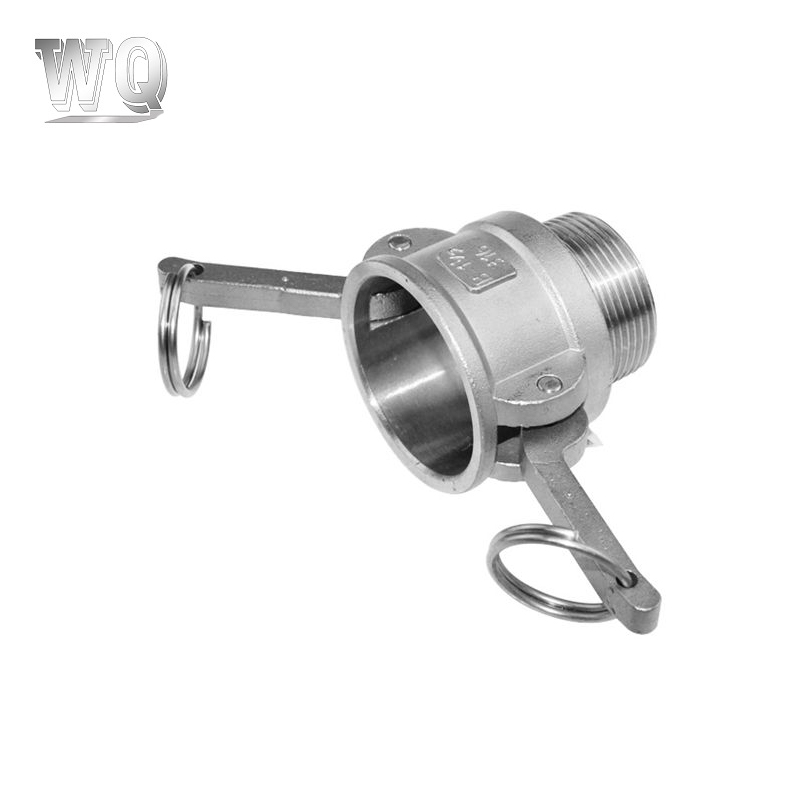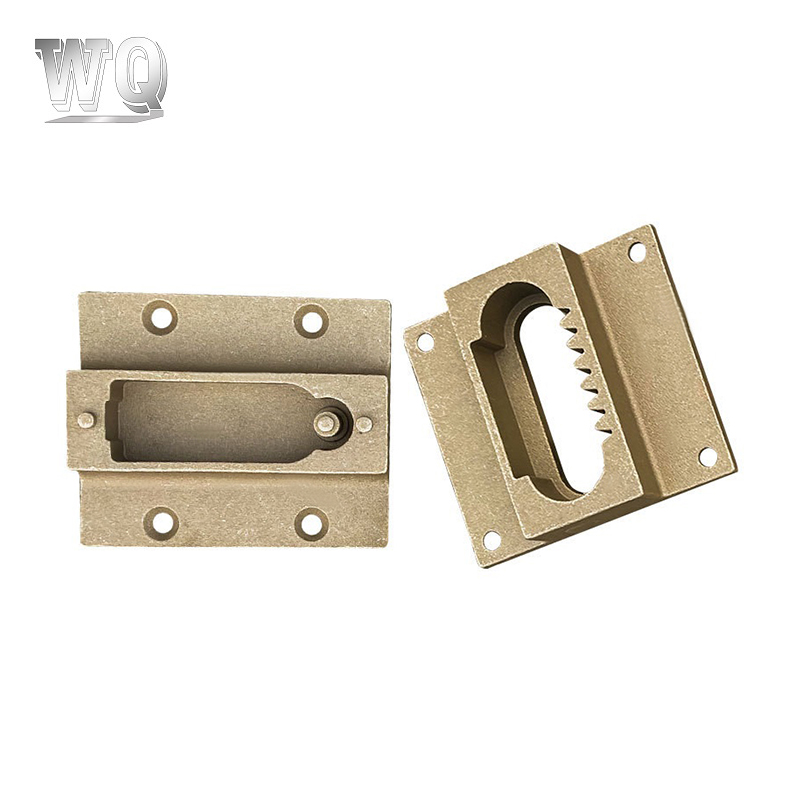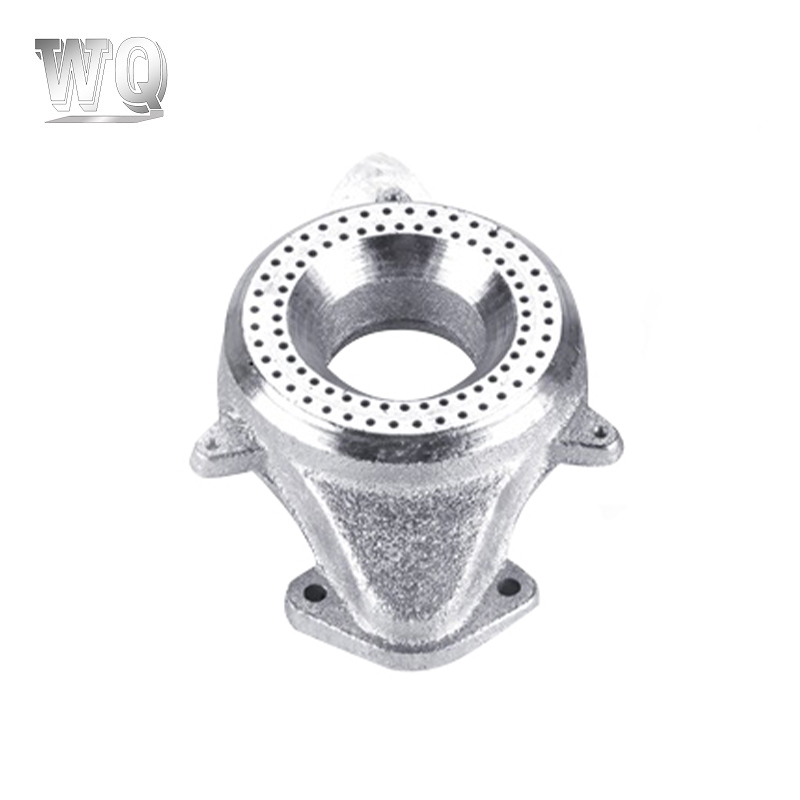Introduction to Aluminum Investment Casting
Aluminum investment casting is a widely used manufacturing process that allows for the production of complex metal parts with high precision and a smooth surface finish. This method is ideal for creating components that require intricate geometries and high mechanical properties. However, ensuring the quality of aluminum investment castings is crucial to achieving the desired performance and longevity of the parts. In this article, we will explore the key factors that influence the quality of aluminum investment casting and how to maintain consistent standards throughout the production process.
Understanding the Aluminum Investment Casting Process
The aluminum investment casting process, also known as the "lost-wax" method, involves creating a wax model of the part, which is then coated with a ceramic shell. Once the shell is hardened, the wax is melted and drained out, leaving behind a hollow mold that can be filled with molten aluminum to create the final part. The process allows for the production of highly detailed and complex components with minimal post-production work.
While the method offers many advantages, such as high precision and the ability to produce parts with tight tolerances, several factors need to be controlled to ensure that the final product meets the required specifications.
Factors Affecting the Quality of Aluminum Investment Casting
Several key factors contribute to the quality of aluminum investment casting, and each must be carefully managed to ensure that the final part meets performance requirements and industry standards.
1. Material Selection
The quality of aluminum investment casting starts with the material used for both the wax model and the aluminum alloy. The choice of aluminum alloy plays a critical role in determining the mechanical properties, corrosion resistance, and overall durability of the cast part. Commonly used aluminum alloys in investment casting include:
- Aluminum 356: Known for its excellent casting characteristics, good strength, and corrosion resistance.
- Aluminum 413: Offers higher strength and wear resistance, making it suitable for parts exposed to high stresses.
- Aluminum 535: A high-strength alloy used for more demanding applications requiring superior mechanical properties.
Choosing the right aluminum alloy based on the intended application is vital to ensuring that the final product performs well in its operating environment.
2. Wax Model Precision
The wax model is the foundation of the investment casting process, and its quality directly affects the final casting. Any imperfections or deviations in the wax model will be replicated in the final part. To ensure high-quality casting, the following aspects of the wax model must be carefully controlled:
- Accurate replication of the design: The wax model should precisely match the design specifications, with attention to fine details.
- No air bubbles or defects: Air pockets or cracks in the wax model can lead to defects in the final part, so a flawless model is critical.
- Consistency in wall thickness: Uniform wall thickness in the wax model ensures that the molten aluminum fills the mold evenly, reducing the risk of defects such as cold shuts or voids.
The precision of the wax model is vital for achieving high-quality results in the aluminum investment casting process.
3. Ceramic Shell Formation
Once the wax model is created, it is coated with a ceramic shell to form the mold. The thickness and uniformity of the shell are crucial factors in determining the quality of the casting. A well-formed ceramic shell prevents cracking, ensures that the molten aluminum flows smoothly, and helps maintain the shape and integrity of the part. Key considerations during shell formation include:
- Shell thickness: Too thin a shell may crack under the pressure of the molten aluminum, while too thick a shell can lead to an excess of material, affecting the final part's dimensions.
- Shell uniformity: Any variations in shell thickness can result in defects, so a consistent application of the ceramic material is essential.
- Shell curing time: The curing process for the shell must be carefully controlled to prevent cracks or distortions during the mold hardening phase.
4. Melting and Pouring of Aluminum
The melting and pouring of aluminum is a critical stage in the casting process. The aluminum must be heated to the correct temperature to ensure optimal flow and bonding with the mold. If the aluminum is too hot or too cold, the casting can suffer from defects such as incomplete filling, porosity, or cracking. Factors to control include:
- Proper temperature control: The aluminum should be poured at the optimal temperature to ensure proper flow and filling of the mold.
- Cleanliness of the molten metal: Impurities in the molten aluminum can cause defects such as inclusions or voids in the final casting.
- Pouring speed: Pouring the molten aluminum too quickly or too slowly can result in uneven filling or air pockets, leading to defects.
5. Post-Casting Inspection and Testing
Once the aluminum has solidified and the mold has been broken away, the cast part undergoes a series of inspections and tests to ensure its quality. Common methods of testing include:
- Visual inspection: Checking for surface defects such as cracks, voids, or incomplete fills.
- Dimensional checks: Verifying that the part meets the specified dimensions and tolerances.
- Non-destructive testing: Methods such as X-ray inspection or ultrasonic testing can be used to detect internal defects like porosity.
- Mechanical property testing: Ensuring the part meets the required strength, hardness, and fatigue resistance through tensile testing and other mechanical assessments.
Conclusion
Ensuring the quality of aluminum investment casting is a multi-faceted process that involves careful attention to detail at every stage, from material selection and wax model precision to ceramic shell formation, aluminum pouring, and post-casting inspection. By implementing robust quality control measures and maintaining consistency throughout production, manufacturers can produce aluminum castings that meet high standards of performance and durability. With the right practices in place, aluminum investment casting can deliver reliable and high-quality components for a wide range of industries.
